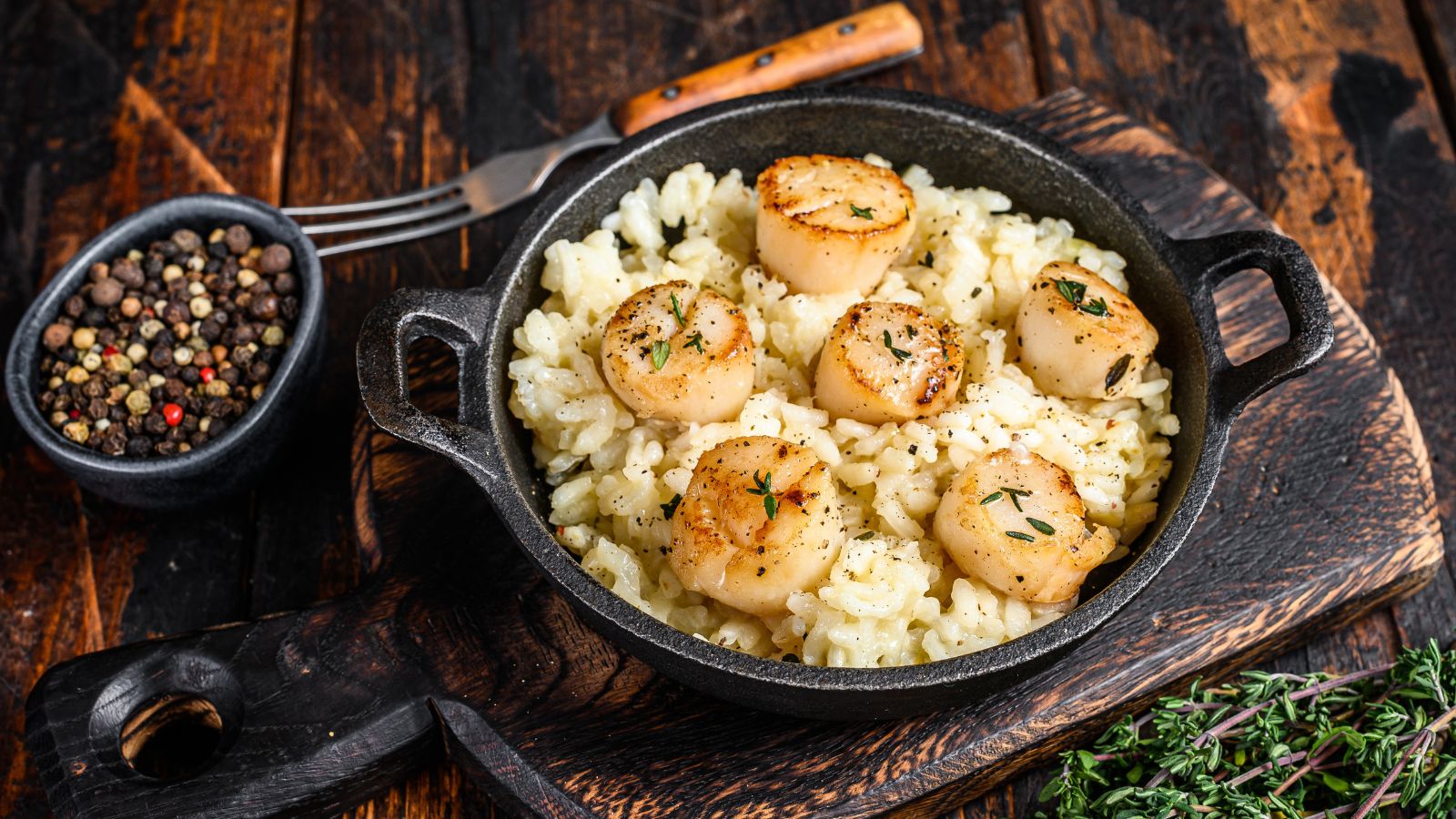When you dine out, you expect your meal to be special, but some restaurant dishes can leave you feeling cheated. Overpriced ingredients, tiny portions, and misleading descriptions all contribute to this, amongst other reasons, and in our list, we share the foods that most often turn out disappointing.
Lobster Mac and Cheese

If you’re thinking about treating yourself to lobster mac and cheese, think again because it generally falls short on lobster content. This essentially leaves you with a pricey mac and cheese that lacks the promised luxury of the dish’s name, which is super disappointing.
Gourmet Salads

The name ‘gourmet salad’ tricks us into indulging in a healthy but fancy dish, but the price tag rarely justifies the cost. They consist of inexpensive greens, nuts or fruits, and minimal protein, so you’re paying excessively for something you could make at home for a couple of dollars.
Avocado Toast

One of the biggest food trends over the last decade has been avocado toast, but its price far exceeds the cost of its ingredients. The dish’s simplicity doesn’t justify the premium price, making restaurants a ton of profit, yet somehow, it just keeps on becoming more expensive.
Truffle Fries

While they might sound luxurious, truffle fries are usually a total rip-off, as many restaurants use truffle oil instead of real truffles. As Tasting Table explains, truffle oil is synthetic and doesn’t compare to the real deal, so charging premium prices for a drizzle of it is daylight robbery.
Wagyu Beef Burgers

Renowned for its quality and marbling, Wagyu beef is nothing short of incredible, but ‘Wagyu burgers’ only contain a minuscule percentage of it mixed with regular beef. Despite this, restaurants still charge outrageous prices for them, making these burgers terrible value for what you’re getting.
Kobe Beef

Just like Wagyu, Kobe beef is another highly sought-after Japanese meat, but true Kobe is rare and expensive. Be skeptical when you see it in American restaurants, which often serve “Kobe-style” beef, which is different. They still charge Kobe prices, misleading customers and creating a sense of being ripped off.
Sushi Rolls with Minimal Fish

While there’s no denying that sushi is delicious, sushi rolls, in particular, can be deceiving. Many restaurants use more rice and less fish to cut costs, yet the prices remain high, leaving you feeling short-changed and questioning the value of what is essentially rice with a bit of fish.
Scallop Dishes

Of all the seafood, scallops are one of the best, but restaurants often serve tiny portions at enormous prices. You’ll find just a few scallops on your plate, making it hard to justify the high cost, and it’s more likely that you’ll be leaving the restaurant hungry for more.
Caesar Salad with Little Protein

The common overpricing of Caesar salads is just ridiculous, especially when they lack substantial protein. You’ll commonly find just a few slices of chicken or shrimp, making the salad more about the dressing and less about a balanced meal. Just make it at home, and you’ll save cash.
Artisanal Pizzas

Another classic trendy restaurant rip-off is artisanal pizzas, which are often tiny and are topped with hardly any toppings. They focus completely on exotic ingredients but fail to provide enough substance to hold them up, leaving diners feeling, quite rightly, unsatisfied and ripped off.
Fancy Omelets

You can make an omelet at home for the price of a few eggs and toppings, so fancy restaurant omelets are just overpriced simplicity. Their basic ingredients like eggs, cheese, and a few vegetables means the high cost of these omelets often doesn’t reflect their actual value in the slightest.
Charcuterie Boards

Despite being very popular, charcuterie boards are shockingly expensive for what they are. They’ll consist of nothing more than a small portion of meats, cheese, and relishes, making the high price hard to swallow, especially when considering the cost of these items separately.
Lobster Rolls

Like other seafood dishes on this list, lobster rolls are stupidly overpriced, primarily due to how they are filled with hardly any lobster. You’ll no doubt leave the restaurant feeling that you have overpaid for the dish, so just stick to buying a whole lobster next time.
Brunch Specials

Simple dishes like pancakes, eggs, and bacon are very cheap to make, yet when a restaurant labels them ‘brunch,’ they triple in value. The high cost makes any sane person question the value of dining out for brunch, especially when similar meals can be made at home with minimal skill.
Steak Tartare

Paying premiums for good steak is normal, but the price of steak tartare has gotten out of hand. Sure, it’s a delicacy, but given the minimal preparation required and the tiny portions, the cost feels totally unjustified. After all, it’s just raw beef, egg, herbs and vegetables.
Caviar

When you purchase caviar, it feels like you are paying purely for status rather than a genuinely enjoyable experience. It tastes good, but the ridiculously small servings and exorbitant prices make it a dish that’s hard to justify. There’s no way you’ll be leaving the restaurant with a full stomach.
Tapas

The Spanish dishes of tapas are small plates for sharing, so while they initially seem cheap, they quickly add up. What’s more, if you take a trip to Spain and buy tapas at a local restaurant, you’ll find the prices are significantly cheaper than elsewhere, with better quality, too.
Gourmet Burgers

Gimmicky ingredients and unnecessarily large sizes make up gourmet burgers, a common regret when visiting a restaurant, especially when they’re labeled as ‘craft’. They’re usually expensive and this price isn’t reflected in taste or quality, making us ask why we keep paying for them.
Seafood Pasta

If you’re looking to get ripped off at a restaurant, purchase some seafood pasta. Unfortunately, these otherwise tasty dishes contain very little seafood, relying almost completely on pasta and sauce. The ‘seafood’ tag instantly makes them expensive, too, despite being underrepresented on the plate.
Foie Gras

One of the most luxurious items on this list is foie gras, yet there’s nothing luxurious about eating a teaspoon of food. It feels more expensive than eating pure gold, and the taste isn’t for everyone either, making it pretty difficult to explain to your accountant unless you’re a millionaire.

